Schedule a Call Back
Auto part makers bank on robots for enhancing efficiency
 Articles
Articles- Jun 01,19

Related Stories
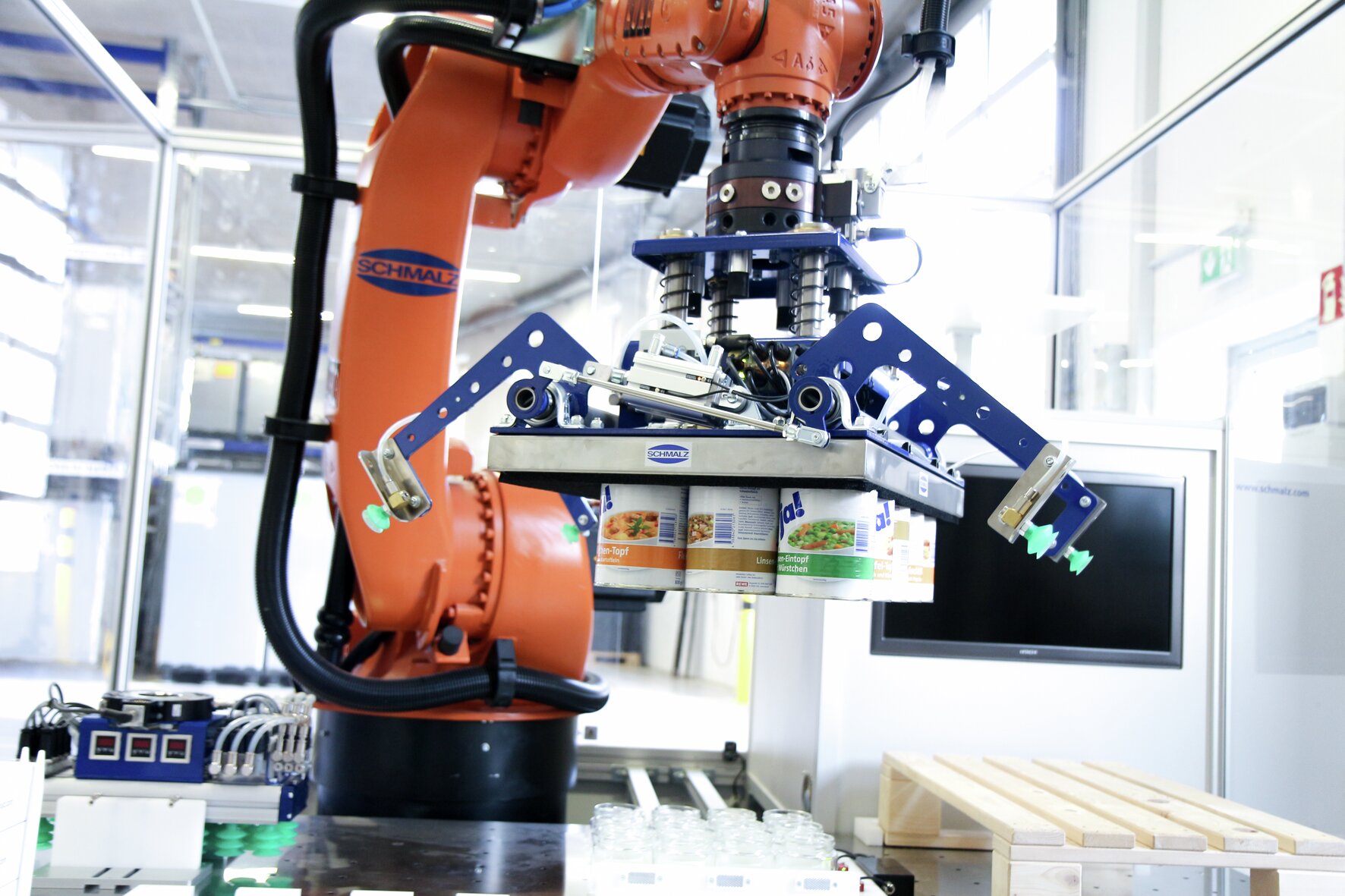
Driving Efficiency: Schmalz Gripping Systems for India's Manufacturing Future
As the market demands speed, agility, and reliability, Schmalz gripping systems are enabling the next generation automation of Indian manufacturing sector.
Read more
Sixth Edition of Mitsubishi Electric Cup for automation innovation launched
This national-level competition, hosted by Mitsubishi Electric India, challenges engineering and technical students to apply industrial automation technologies to solve real-world problems.
Read more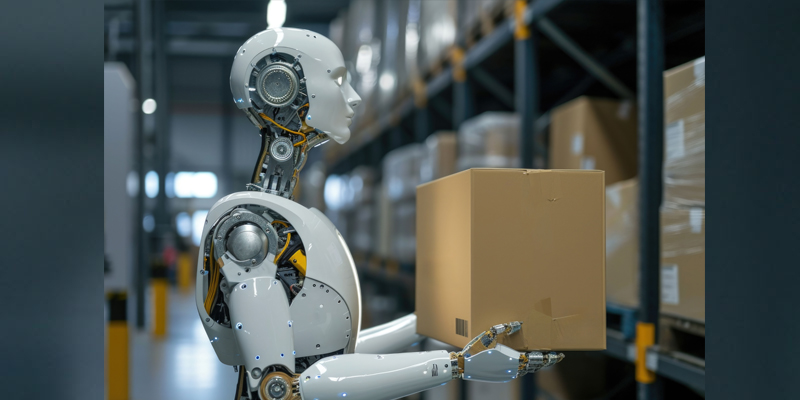
Global industrial robot shipments down in 2024, recovery likely in 2025
As investment cycles pick up and demand stabilises across key industries, 2025 could mark the beginning of a new growth phase, albeit one characterised by tighter margins and more nuanced competitio..
Read moreRelated Products
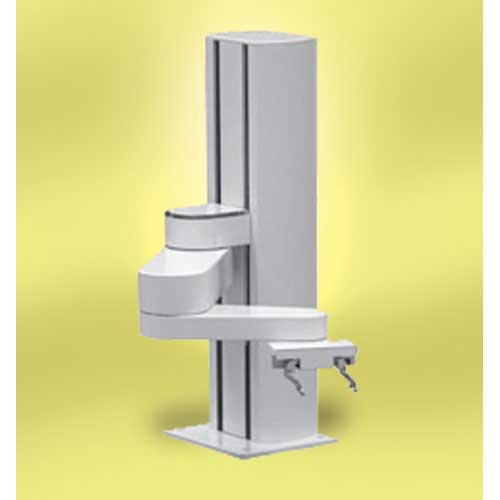
Collaborative Scara Robot
Malles Automated & Robotic Systems Private Limited
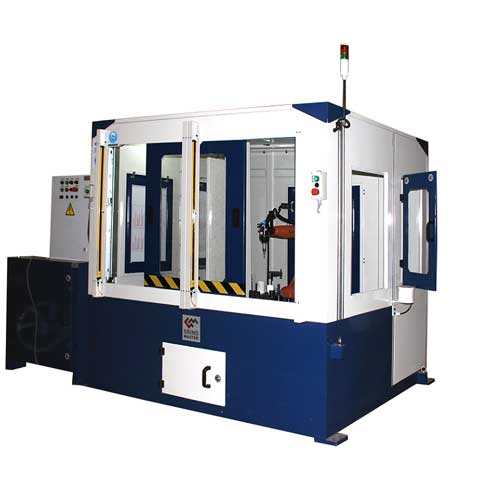
Robotic Deflashing of Aluminium Casting
Grind Master Robotic Deflashing Machine is an advanced and most reliable machine for Aluminium components. Robotic deflashing is a revolutionary technology developed by Grind Master Machines Pvt Lt Read more
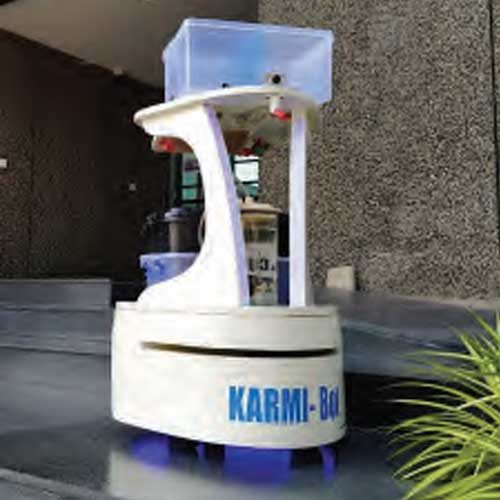
Karmi Bot
Asimov Robotics offers a wide range of Karmi Bot.


















